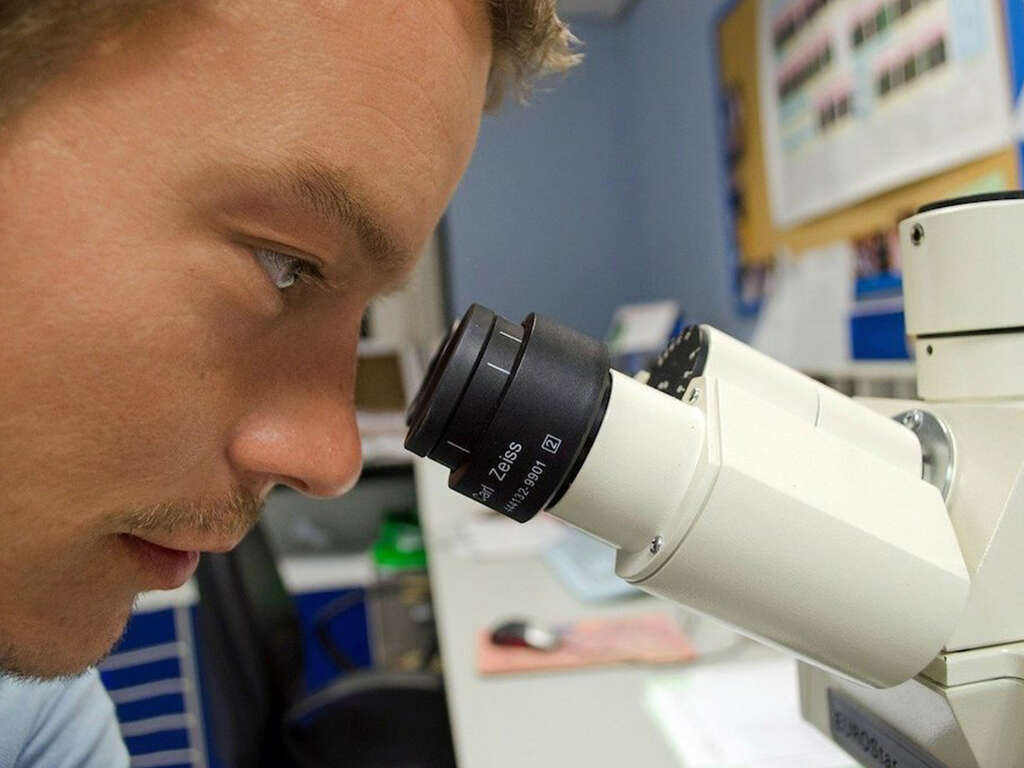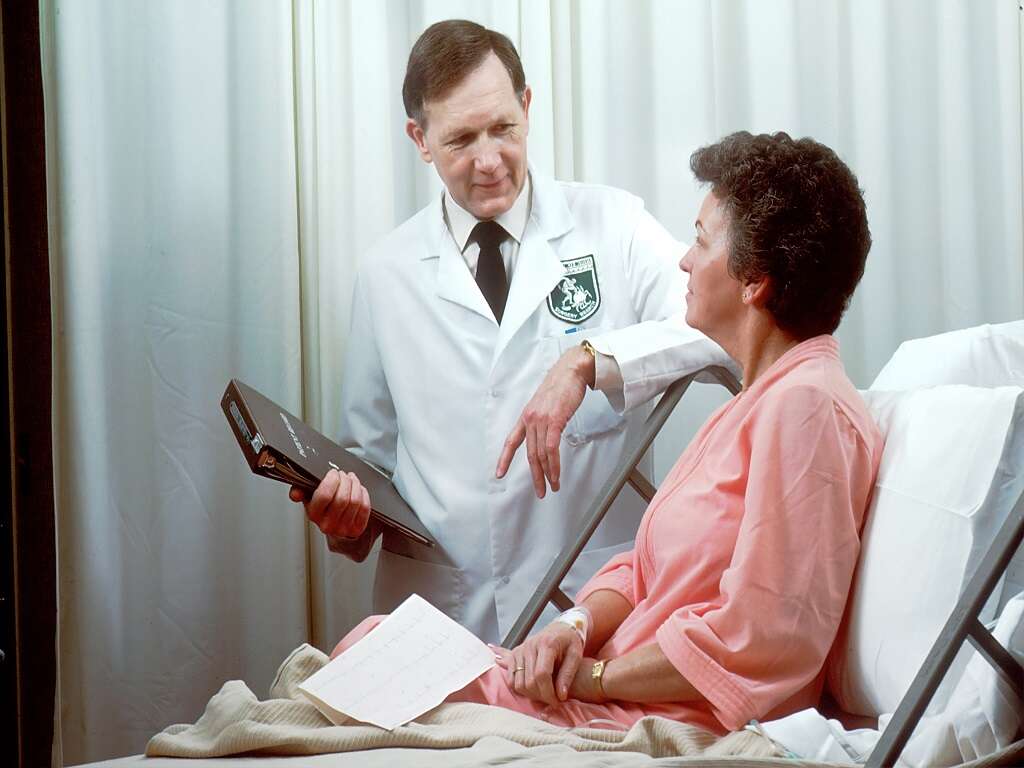10 FAQs About the Hypodermis
 Article Sources
Article Sources
- 1. Yousef, Hani. 'Anatomy, Skin (Integument), Epidermis.' U.S. National Library of Medicine, 27 July 2020, www.ncbi.nlm.nih.gov/books/NBK470464
- 2. Saldana, José Ignacio. 'Macrophages.' British Society for Immunology, www.immunology.org/public-information/bitesized-immunology/cells/macrophages
- 3. Biga, Lindsay M., et al. '5.3 Functions of the Integumentary System.' Anatomy Physiology, OpenStax/Oregon State University, open.oregonstate.education/aandp/chapter/5-3-functions-of-the-integumentary-system
- 4. 'Administering Drugs via a Subcutaneous Injection.' Nursing Times, 7 Apr. 2021, www.nursingtimes.net/clinical-archive/assessment-skills/injection-technique-2-administering-drugs-via-the-subcutaneous-route-28-08-2018
Ideal Injection Location
The tissue-rich make-up of the hypodermis and its limited supply of blood vessels make it an effective site for subcutaneous injections of several types of medications that require gradual absorption. These include, but are not limited to, heparin and insulin.4‘Administering Drugs via a Subcutaneous Injection.’ Nursing Times, 7 Apr. 2021, www.nursingtimes.net/clinical-archive/assessment-skills/injection-technique-2-administering-drugs-via-the-subcutaneous-route-28-08-2018
The areas on the body that are often used for medication injections due to their abundance of hypodermis tissue include the front of the thighs, the abdomen's middle section, the outer area of the upper arms and the upper buttocks.
Advertisement











